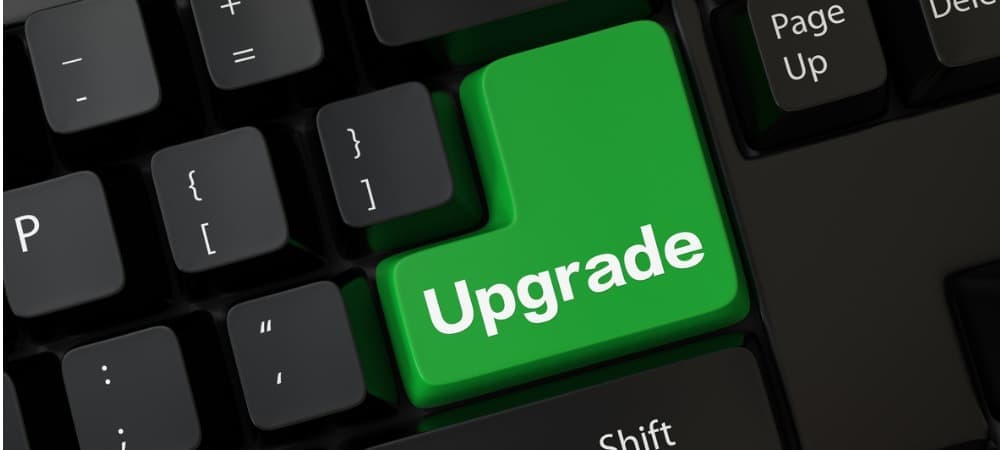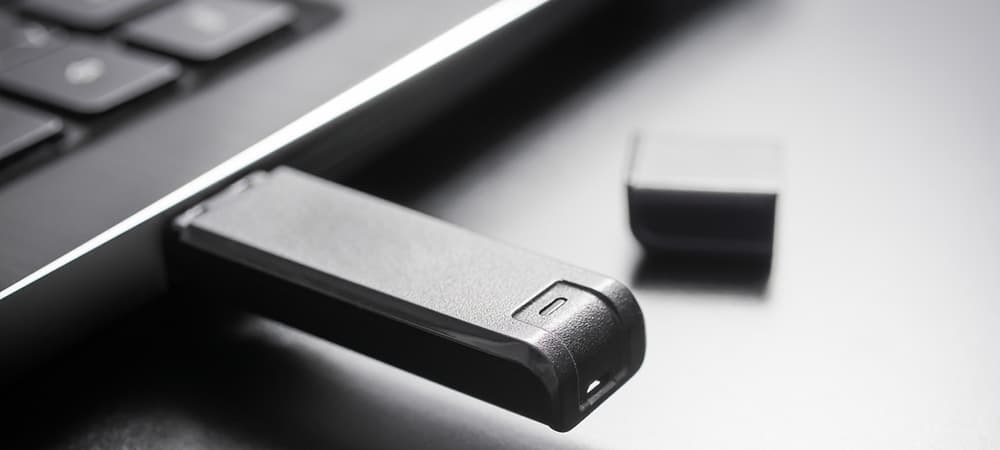Moving your Windows 11 installation to another computer requires careful planning and the right tools. This guide will show you how to transfer Windows 11 to a new PC while keeping your settings and data intact. We’ll cover multiple methods to back up and migrate your operating system safely.
Professional Transfer Solutions
Before diving into the technical methods, consider using professional transfer tools that can significantly simplify moving Windows 11 to another computer. These solutions offer the most reliable way to transfer your data and system files.
Transfer Cable Method
A
specialized transfer cable provides a direct, high-speed connection between your old and new PC. This method offers several advantages:
- Fast transfer speeds (up to 5Gbps with USB 3.0)
- Simple plug-and-play setup
- Includes file transfer software
- Direct PC-to-PC connection
- No external storage needed
- Automatic driver management
To use a transfer cable:
- Connect both computers using the specialized USB transfer cable
- Install the included transfer software on both PCs
- Select the files, settings, and applications to transfer
- Start the automated transfer process
LapLink PCmover Software
LapLink PCmover is a comprehensive solution for transferring your entire Windows 11 system to another computer. This professional software offers:
- Complete application transfer
- User profile migration
- System settings preservation
- Selective transfer options
- Transfer verification tools
- Technical support access
Understanding Windows 11 Transfer Options
Before you transfer Windows 11 to a new computer, it’s important to understand the available methods. Each approach has its benefits:
- Direct drive transfer: Moving your physical drive to the new PC
- System image transfer: Creating and restoring a system image to another computer
- Windows 11 Restore Apps: Microsoft’s built-in solution to transfer your data
- Third-party migration tools: Specialized software for system transfer
Prerequisites for Transferring Windows 11
Before you transfer Windows 11 to another computer, ensure you:
- Back up your data completely
- Have a valid Windows license
- Verify hardware compatibility on your new PC
- Create a system image for safety
- Document your current settings
- Have internet access for activation
Method 1: Using Windows 11 Restore Apps
Microsoft’s Restore Apps feature provides the easiest way to transfer Windows 11 to a new PC. This built-in tool helps preserve your settings when moving to another computer.
Step-by-Step Process:
- On your old PC:
- Sign in with your Microsoft account
- Back up your data to OneDrive
- Enable system sync settings
- Document installed applications
- On your new computer:
- Sign in with the same Microsoft account
- Choose to restore apps during setup
- Allow Windows 11 to configure settings
- Verify your data transfer
Method 2: System Image Transfer
Creating a system image is crucial when you transfer Windows 11 to another computer. This method provides a complete backup of your operating system.
Creating the System Image:
- Open Windows Settings
- Navigate to System > Recovery
- Select “Create a system image backup”
- Choose your backup location
- Wait for completion
Restoring to Your New PC:
- Boot from Windows 11 installation media
- Choose “System Image Recovery”
- Follow the recovery wizard
- Allow Windows to configure hardware
Method 3: Physical Drive Transfer
For direct hardware transfer of Windows 11 to a new PC:
- Prepare Your System:
- Update Windows
- Back up your data
- Clean unnecessary files
- Document product key
- Physical Transfer:
- Power down both computers
- Remove the drive
- Install in new PC
- Verify connections
- First Boot Setup:
- Configure BIOS/UEFI
- Set boot priority
- Save and exit
Post-Transfer Tasks
After moving Windows 11 to your new computer, several crucial steps ensure your system works optimally. Take time to carefully complete each task to protect your data and maintain system stability.
1. System Activation
When you transfer Windows 11 to another computer, you’ll likely need to reactivate it. Follow these steps:
- Open Windows Settings > System > Activation
- Check your activation status
- If needed, click “Troubleshoot” to start reactivation
- Enter your product key if prompted
- Contact Microsoft support if automatic activation fails
- Verify your digital license is properly linked
2. Driver Updates
Proper driver installation is crucial after you transfer Windows 11 to a new PC:
- Motherboard Chipset Drivers:
- Download latest chipset drivers from manufacturer
- Install in correct order
- Restart when prompted
- Graphics Drivers:
- Remove old graphics drivers completely
- Install manufacturer-specific software
- Update to latest stable version
- Configure display settings
- Network Adapters:
- Install WiFi and Ethernet drivers
- Configure network settings
- Test connectivity
- Set up network security
- Other Essential Drivers:
- Audio devices
- USB controllers
- Storage controllers
- Peripheral devices
3. Data and Performance Verification
After you transfer your data to the new computer, verify everything works correctly:
- Data Integrity Check:
- Verify all files transferred completely
- Check file permissions
- Test file access and functionality
- Ensure no data corruption occurred
- Application Testing:
- Launch each critical application
- Verify functionality and settings
- Update applications as needed
- Reconfigure if necessary
- System Performance Optimization:
- Run Windows Performance troubleshooter
- Check startup programs
- Monitor system resources
- Adjust visual effects if needed
Troubleshooting Common Issues
When you transfer Windows 11 to another computer, you may encounter various challenges. Here’s how to address them:
Activation Problems
- Windows Won’t Activate:
- Use the activation troubleshooter
- Verify product key accuracy
- Check internet connection
- Contact Microsoft support
- Hardware Changes Detection:
- Link your license to Microsoft account
- Use phone activation if needed
- Document error codes
- Update Windows if required
Hardware Compatibility Issues
- Driver Conflicts:
- Boot in Safe Mode
- Use Device Manager to identify problems
- Remove conflicting drivers
- Install manufacturer-specific versions
- Performance Problems:
- Clean install all drivers
- Check hardware compatibility
- Monitor system temperatures
- Verify power settings
Boot and Startup Issues
- System Won’t Boot:
- Check BIOS/UEFI settings
- Verify boot order
- Test different boot modes
- Repair Windows startup
- Slow Performance:
- Run system diagnostics
- Check disk health
- Verify RAM functionality
- Monitor startup impact
Best Practices and Recommendations
To ensure a successful transfer of Windows 11 to another computer, follow these comprehensive best practices:
Preparation Best Practices
- Backup Strategy:
- Create a complete system image before starting
- Back up your data to multiple locations
- Verify backup integrity
- Document backup locations
- Test backup restoration if possible
- Hardware Preparation:
- Research complete hardware compatibility
- Verify system requirements
- Check drive compatibility
- Ensure sufficient storage space
- Document current hardware settings
- Software Preparation:
- List all installed applications
- Gather installation media and product keys
- Update critical software
- Remove unnecessary programs
- Document custom settings
During Transfer
- System Protection:
- Maintain stable power supply
- Use surge protection
- Avoid interrupting processes
- Monitor transfer progress
- Keep installation media handy
- Documentation:
- Record any error messages
- Track changed settings
- Note hardware changes
- Keep product keys accessible
- Document transfer method used
After Transfer
- System Verification:
- Test all critical functions
- Verify data integrity
- Check application functionality
- Monitor system performance
- Document any issues
- Security Measures:
- Update Windows security
- Configure firewall settings
- Install antivirus software
- Set up data backup schedule
- Enable system restore points
Frequently Asked Questions About Transferring Windows 11
Q: How do I transfer Windows 11 to another computer without losing data?
A: To transfer Windows 11 to another computer while preserving your data, create a complete system image backup first, then either use Windows 11’s built-in Restore Apps feature or professional transfer software like LapLink PCmover. Always verify your backups before starting the transfer process.
Q: Can I transfer Windows 11 to multiple computers?
A: No, a Windows 11 license can only be activated on one computer at a time. When you transfer Windows 11 to a new PC, you’ll need to deactivate it on the old computer and reactivate it on the new one.
Q: What’s the fastest way to transfer Windows 11 to a new PC?
A: The fastest method to transfer Windows 11 to another computer is using a direct SATA connection or professional transfer cable. This provides speeds up to 6Gbps and allows you to move your entire system, including applications and settings, in one process.
Q: Will my applications work after transferring Windows 11 to a new computer?
A: Most applications will work after you transfer Windows 11 to a new PC, but some may require reactivation or reinstallation due to hardware changes. Programs tied to specific hardware components might need reconfiguration or fresh installation.
Q: Do I need to create a system image before transferring Windows 11?
A: Yes, creating a system image is essential before you transfer Windows 11 to another computer. This provides a complete backup of your operating system, applications, and data, protecting against potential transfer issues or data loss.
Q: How do I activate Windows 11 after transferring to a new PC?
A: After transferring Windows 11 to a new computer, open Settings > System > Activation. If Windows doesn’t activate automatically, use the activation troubleshooter or enter your product key. For digital licenses, sign in with your Microsoft account.
Q: Can I transfer Windows 11 to a computer with different hardware?
A: Yes, you can transfer Windows 11 to another computer with different hardware, but you may need to update drivers and reconfigure settings. Modern versions of Windows 11 handle hardware changes better than previous versions, but some compatibility issues may arise.
Q: What should I do before transferring Windows 11 to a new PC?
A: Before transferring Windows 11 to another computer: 1) Create a complete system backup, 2) Document your product key, 3) Update Windows and drivers, 4) Clean up unnecessary files, and 5) Verify hardware compatibility on the new PC.
Conclusion
Transferring Windows 11 to a new computer requires careful planning and execution. By following this guide and choosing the right method, you can successfully move your operating system while preserving your data and settings. Remember to back up your system and verify your Windows license before starting the transfer process.
About the Author
Stephen Mash is a contributing writer for HP Tech Takes. Stephen is a UK-based freelance technology writer with a background in cybersecurity and risk management.










